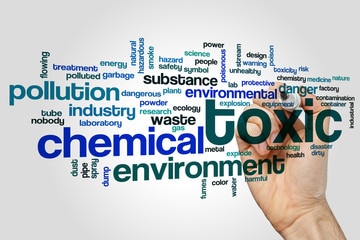Things You Never Knew About Atmospheric Contamination

Air pollution is a phenomenon by which particles (solid or liquid) and gases contaminate the environment. Such contamination can result in health effects on the population, which might be either chronic (arising from long-term exposure), or acute (due to accidents). Other effects of pollution include damage to materials, agricultural damage (such as reduced crop yields and tree growth), impairment of visibility (tiny particles scatter light very efficiently), and even climate change (certain gases absorb energy emitted by the earth, leading to global warming). Air pollution is certainly not a new phenomenon. Early references to it date back to the Middle Ages, when smoke from burning coal was already such a serious problem that in 1307 King Edward I banned its use in lime kilns in London. More recently, there have been major episodes of air pollution, such as the 1930 catastrophe in the Meuse Valley in Belgium, where SO2 and particulate matter, combined with a high relative humidity, caused sixty-three excess deaths in five days. In 1948 similar conditions in Donora, Pennsylvania a small industrial city, caused twenty excess deaths in five days. Also, WHO reports that in 2012 around 7 million people died – one in eight of total […]
» Read more